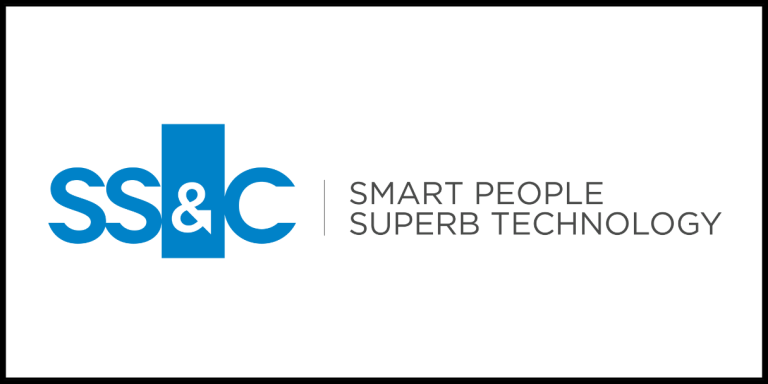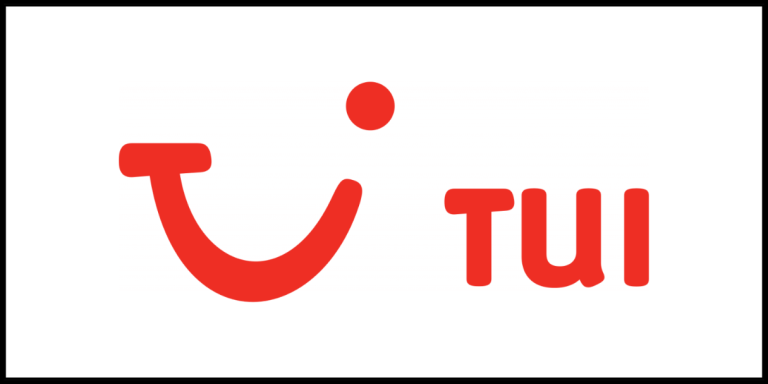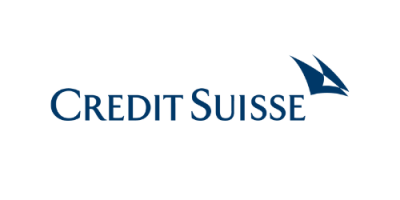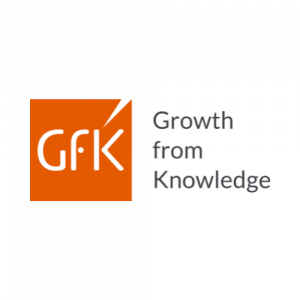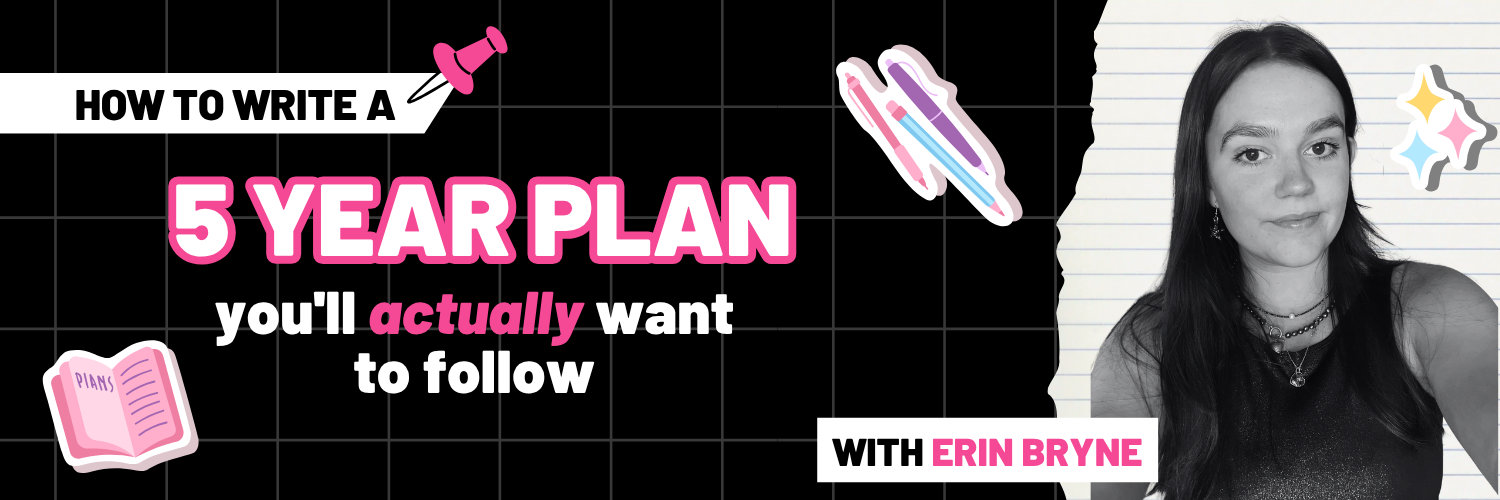
Content Menu
How to Write a 5-Year Plan That You’ll Actually Want to Follow
Hi! I’m Erin and I completed the CFG Software Degree in Summer 2023 after graduating with an English degree from the University of Bristol. While studying, I explored tech through Code First Girls Kickstarter courses and MOOCs, and quickly became hooked. It was clear to me that tech wasn’t just the future; it was already shaping our daily lives.
Now, I’m studying for the ACA qualification, training to become a chartered accountant. I still love collaborating with Code First Girls, who continue to help pave my career path. Whether it’s exploring tech trends or chatting career strategy, I’m always excited to learn and share. Today, I want to talk about 5-year plans, why they’re trending, how to actually write one, and most importantly, how to make it work for you.
Why 5-year plans are everywhere right now
The concept of a 5-year plan has become a huge trend on social media platforms recently, whether you’re scrolling Tiktok or staying up to date on LinkedIn, you have probably come across many videos titled “Tips On How to Be Efficient”, or “How to Stop Wasting Time”, usually enjoyed in our most inspired moments of procrastination.
While these videos can occasionally be both entertaining, and helpful, they often don’t reflect what everyday life looks like for the average person who works a 9-5 job, or someone who is just trying to figure things out.
This blog will explore what a 5-year plan is, what it can do to keep you inspired and not overwhelmed, and how to keep it flexible to fit into your real life.
What is a 5-year plan?
A 5-year plan is a roadmap for your personal and professional goals over the next five years. It is something you might put time aside to actively curate, or is perhaps, a plan you have worked out in your head without even realising, like your dream travel destinations, or your hopes for your next promotion at work.
Most 5-year plans focus on:
- Career-based
- Finance-related
- Lifestyle
- Relationships
- Personal growth
You might keep track of these with an ever-changing word document, a mood board, or perhaps a vision board full of milestones you wish to achieve in the next five years.
When writing a 5-year plan, the key is to give yourself a direction to work towards, rather than submitting yourself to a rigid checklist like a work deadline!
Good to know: People who write down their goals are 42% more likely to achieve them.
Why are 5-year plans popular?
Social media influence and the rise of trends from “that girl” to “clean girl” to “dark academia” have made it seem like everything in life needs to come with an aesthetic. It feels like there is a trend for every version of success.
It can be fun to engage in these trends, but it can also get overwhelming, especially when you feel like you’re not measuring up to your peers and what started as “inspiration” can become a demoralising comparison to those who seem to have it ‘all figured out’.
With a gruelling job market and struggling economy, making plans for the future may give us a sense of control and structure. From a very young age, for many of us our twenties were painted as marriage, mortgage, and kids, but for a lot of us, that’s not even a fathomable reality, and the closer I get to these preconceived milestones, the more I realise that it is ok, and more often, not my dream anyway.
The Problem With The Perfect Plan
If your plan starts stressing you out more than it inspires you, it’s time to take a step back. Your goals should never make you feel weighed down. As your life may take unexpected turns, both good and bad, you should feel free to adjust with them.
Ensure that your plan is for you, refrain from falling into the comparison trap and overshadowing your successes with the success of your peers that may occasionally pop up on your social media feed.
Crucially, do not spiral into feelings of guilt and shame if you are unable to meet targets in your plan! This should be a source of motivation, not an added pressure.
If 5-year plans aren't for you
A five-year plan isn’t your only option, there are so many ways of planning out your future that don’t require long-term timelines. Try:
- Yearly or monthly intentions
- Vision boards
- Future mapping
- Journaling your personal values and directions
Progress doesn’t have to be linear. Any forward movement is valid.
How to Create a 5-Year Plan You’ll Actually Stick To
Here are some things that really helped me and might help you too:
📌 Start with curiosity, not pressure – Ask yourself: what would you do without limitations on your success and without fearing judgement? There is no dream too big!
📌 Revisit and revise it often – Check in with yourself! Update and change your plan as your life takes different turns.
📌 Set smaller goals – Set smaller milestones – monthly or quarterly goals that give you a sense of accomplishment along the way.
📌 Support others and accept support – Build up your friends and family and encourage them to dive into what they want to achieve and, accept support and encouragement that you are offered.
📌 Make it visual – Motivate yourself with fun pictures and colours, set the tone for your future and the steps you need to take to get there.
📌 Be flexible – Flexibility should always be at the forefront of your plan. Change can be scary but it is inevitable!
Conclusion
If there is anything to take away from this, it is that starting is so powerful! Even if it is just a to-do list for the next week, taking action helps to get the ball rolling
Code First Girls offer a multitude of different courses for all ability and commitment levels to help you to get started on your future plans today! From beginner courses like their Tech Tasters through to the Mid-Level Accelerator courses aimed at those with more experience and technical knowledge, there is something for every commitment level.
So, get started today! Make a five-year plan, or any plan, that makes you feel free and excited, rather than restricted and weighed down.
